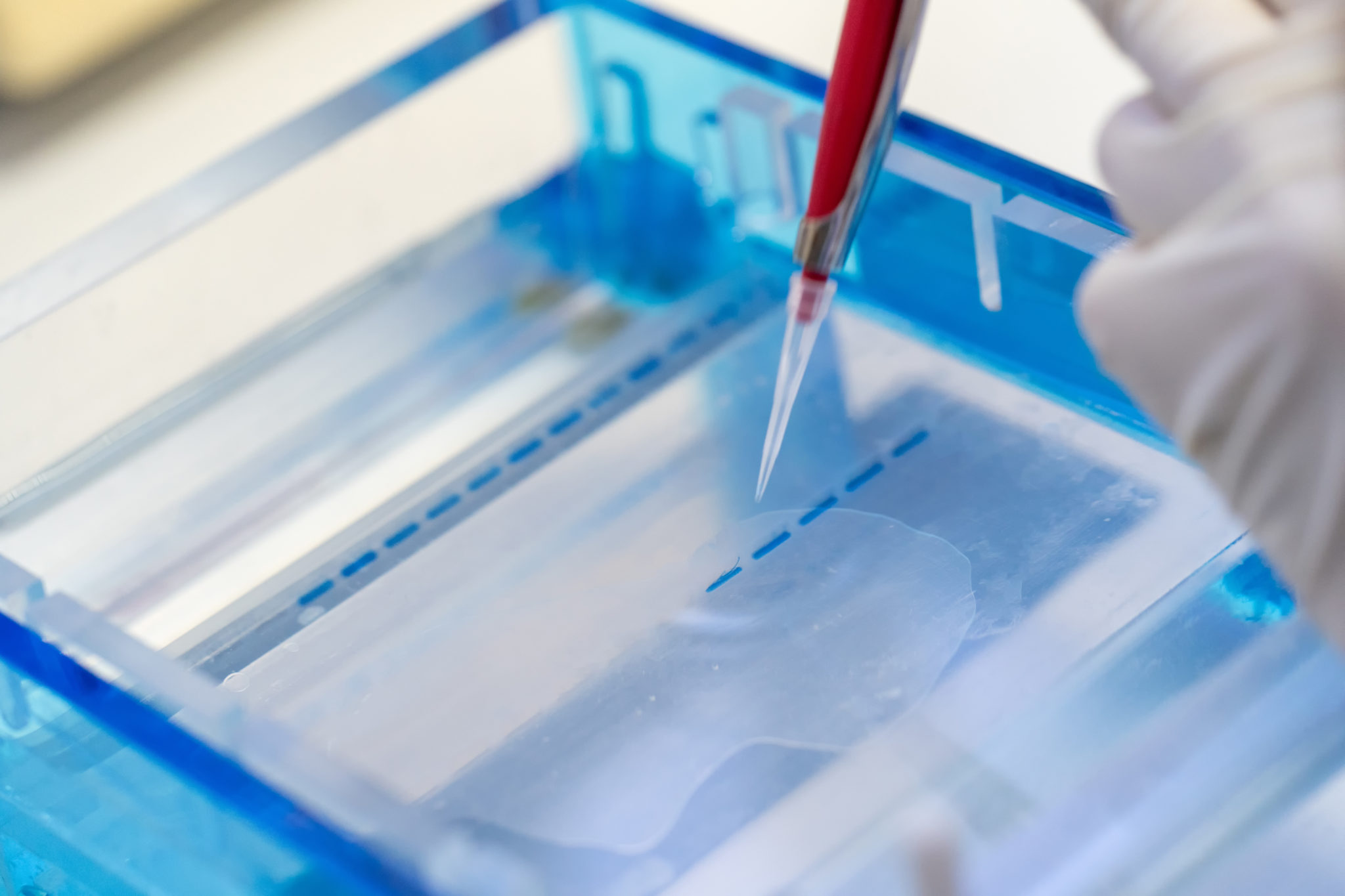
Louis, MO, USA) diluted 1:10,000 in TBS-T. After washing in TBS-T, membranes were incubated for 1 h at room temperature with horseradish peroxidase (HRP)-conjugated goat anti-mouse immunoglobulin G (IgG, sc-2031 Santa Cruz Biotechnology) or HRP-conjugated goat anti-rabbit IgG (A-0545 Sigma-Aldrich, St. Primary antibodies used for immunoblotting included polyclonal rabbit anti-IGF-I, anti-IGF-II, anti-IGF-IR ß-subunit, anti-RAS, anti-GRB2, anti-p-AKT1/2/3, anti-mitogen-activated protein kinase kinase (MEK), monoclonal mouse p-Tyr (PY99), anti-extracellular signal-regulated kinase (ERK) 1/2, and anti-p-ERK (Santa Cruz Biotechnology, Santa Cruz, CA, USA). The membranes were blocked with TBS-T (10 mM Tris–HCl, 150 mM NaCl, and 0.1% Tween 20) containing 1% bovine serum albumin and incubated with primary antibody (1:1000 in TBS-T) on a rocker overnight at 4 ☌. Proteins (30–50 μg) were separated by 8–15% SDS-PAGE and transferred to polyvinyl difluoride membranes (Millipore, Billerica, MA, USA). Protein concentration was measured using the BCA Protein Assay Kit (Pierce Biotechnology, Rockford, IL, USA). Samples were centrifuged at 12,000 rpm for 10 min, and the supernatant was collected. Embryos ( n = 50) were homogenized in radio immunoprecipitation lysis buffer (50 mM Tris, 1 mM ethylene glycol-bis (2-aminoethylether)- N,N,N′,N′-tetraacetic acid, 150 mM NaCl, 1% NP-40, and 0.25% Na-deoxycholate) containing protease inhibitors (1 μg mL −1 aprotinin, 1 μg mL −1 leupeptin, 1 μg mL −1 pepstatin, 1 mM Na 3VO 4, 1 mM NaF, and 1 mM phenylmethanesulfonyl fluoride). To determine IGF involvement in embryo development, an immunoblot assay was performed. Therefore, to study the relationships between normal expression of growth factors, such as IGF-I and IGF-II, and normal development and embryo growth of the olive flounder, we investigated the involvement of IGFs and protein variation during embryonic development. In particular, early seed production, which is controlled by fertilization and hatching rate, is vital for aquaculture success. The olive flounder Paralichthys olivaceus is an important economic marine aquaculture fish in Korea. In fish, the expression of IGF-I and IGF-II mRNAs depended on the embryonic stage and was detected in different organs and at developmental stages (Xu et al. Mammalian embryos require more time for differentiation and growth than do fish embryos, and they depend on various signal pathways generated by growth factors during pre-implantation (Riley et al. In addition, IGF-I and IGF-II play important roles in early embryonic development and growth in mammals and fish (Hardy and Spanos 2002 Chandra et al. 2006) and induces biological responses with specific receptors in target tissues. IGF-I is a growth indicator in fish (Vera Cruz et al. Insulin-like growth factor (IGF) plays important roles in regulating growth, metabolism, development, reproduction, osmoregulation, and the immune response (Li et al. These results provide basic information on the IGF system in the embryonic development of the olive flounder. As development progresses, expression of IGF-II, phosphotyrosine, and phospho-Akt increased, while expression of growth factor receptor-bound protein 2 (GRB2) and one of guanine-nucleotide-binding proteins (Ras) decreased. We found marked changes in protein expression at four stages of embryonic development and identified proteins as belonging to the vitellogenin 2 family. In addition, the mechanism of signaling of IGF-I receptor was examined using immuno-blot analysis.

During embryonic development, protein variation was investigated using sodium dodecyl sulfate-polyacrylamide gel electrophoresis and electrospray ionization quadrupole time-of-flight mass spectrometry/mass spectrometry. Morphological stages were divided into six main developments as blastula, gastrula, cephalization, cranial regionalization, tail lift, and hatch. In this study, we investigated the involvement of IGFs and protein variation during embryonic development of the olive flounder ( Paralichthys olivaceus). Insulin-like growth factors (IGFs), along with IGF-binding protein and IGF receptor, are well-known regulators in the growth and survival of vertebrates.


 0 kommentar(er)
0 kommentar(er)
